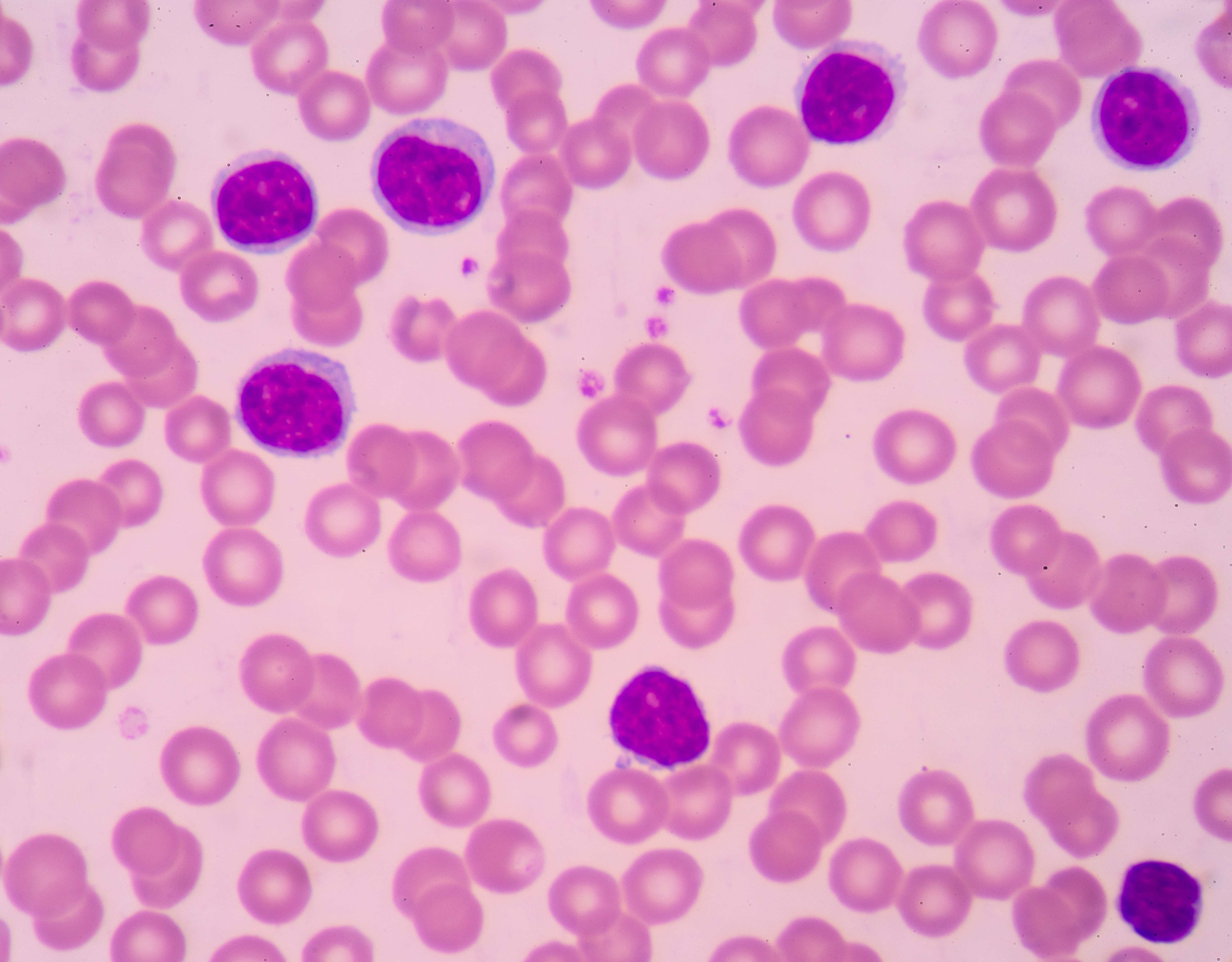Researchers Show That in Systemic Sclerosis, Innate Lymphoid Cells Play a Role
Written by |

At last week’s 4th Systemic Sclerosis World Congress in Lisbon, Portugal, a team of researchers presented data about the role of innate lymphoid cells in the pathogenesis of systemic sclerosis (SSc) and associated fibrosis. The presentation, by T. Wohlfahrt from the Department of Internal Medicine and Institute of Clinical Immunology at the University of Erlangen-Nuremberg in Germany, was titled “Innate Lymphoid Cells – New Players in Systematic Sclerosis Correlate with Extent of Skin and Lung Fibrosis.”
Systemic sclerosis is an autoimmune disorder in which the immune system attacks the patient’s own body. It is characterized by changes in the texture and appearance of the skin due to an increased production of collagen, a component of connective tissue. But the disorder is not confined to skin changes — it can also affect blood vessels, muscles, and a number of vital organs such as the heart, digestive system, lungs, and kidneys. Features of systemic sclerosis can be seen in other autoimmune disorders, and when this happens, it is called a mixed connective disorder.
Type-2 innate lymphoid cells (ILC2) belong to an expanding family of innate lymphocytes that provide a potent source of immune effector cytokines at the initiation of immune responses. With the aim of examining the role of ILC2s in the pathogenesis of systemic sclerosis, and to assess their levels and possible correlation with fibrotic manifestations, the research team analyzed 69 patients with systemic sclerosis and 47 healthy controls.
The results revealed increased levels of ILC2s in the skin and blood of patients with systemic sclerosis (either limited or diffuse cutaneous SSc) compared with healthy controls. There also were multiple associations of ILC2 counts with fibrotic manifestations in patients with systemic sclerosis. The results further showed that skin and blood ILC2s correlated with the modified skin score (mRSS), a measure of disease severity.
Based on the findings, the researchers concluded that their study provided the first evidence of the role of ILC2s in the pathogenesis of systemic sclerosis. The team suggested that migration of circulating ILC2s into the skin, the activated state of dermal ILC2s, and the correlation between ILC2 counts and dermal and pulmonary fibrosis, indicated that ILC2s play an important role in the development of SSc-related fibrosis.





